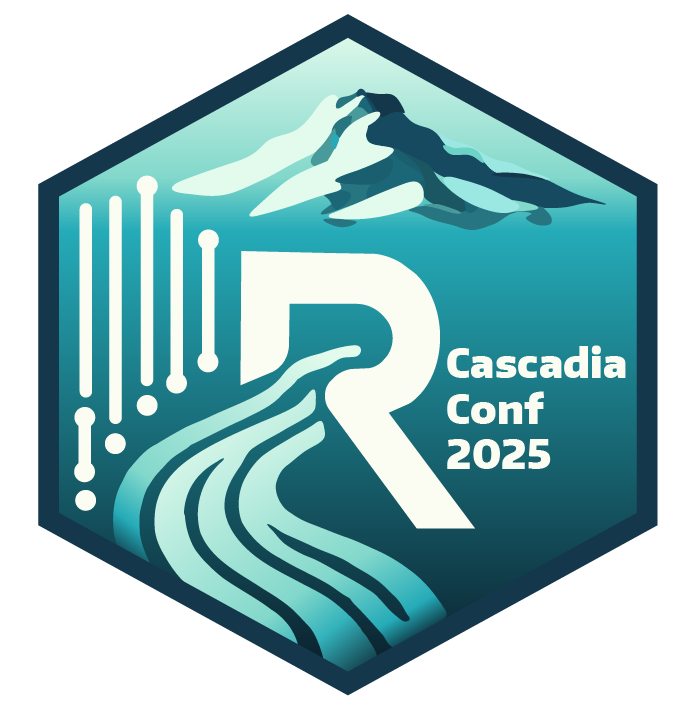Using Shiny to optimize the climate benefits of a statewide agricultural grant program
Washington’s Sustainable Farms and Fields program provides grants to growers to increase soil carbon or reduce greenhouse gas (GHG) emissions on their farms. To optimize the climate benefits of the program, we developed the Washington Climate Smart Estimator {WaCSE} using R and Shiny.
Integrating national climate models and datasets, this intuitive, regionally specific user interface allows farmers and policymakers to compare the climate benefits of different agricultural practices across Washington’s diverse counties and farm sizes. Users can explore GHG estimates in interactive tables and plots, download results in spreadsheets and figures, and generate PDF reports. In this talk, we present the development process of {WaCSE} and discuss the lessons we learned from creating our first ever Shiny app.
 | Pronouns: she/herSeattle, WA, USAJadey Ryan works for the Washington State Department of Agriculture in the Natural Resources Assessment Section. She supports the Washington Soil Health Initiative and Sustainable Farms and Fields programs by collecting and processing soil and climate data, managing the soil health database, and developing tools to visualize and analyze the data. These data products contribute sound science to inform decision making that balances healthy land with sustained ecosystem functions with a thriving agricultural economy. Jadey primarily uses R in her day-to-day and considers herself a self-taught intermediate user. |
